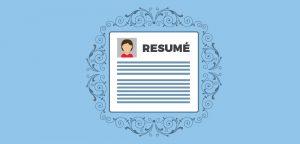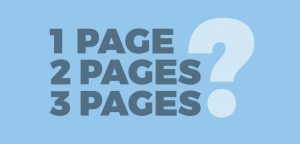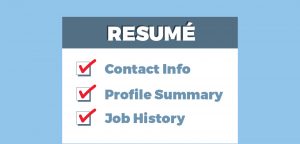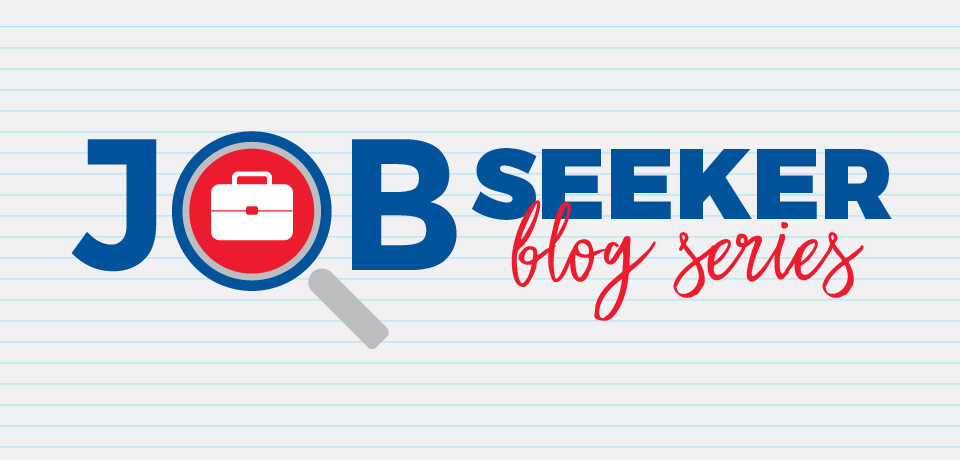Submitted by: Gina Nichols, Senior Recruiter
Hi, there. If you are reading this post, it’s most likely because you are in a job search and seeking information on how to go about the foreboding task of writing a resume. For you, this may be akin to doing your taxes – something you dread doing but know you have to; something you really don’t know how to do in order to get the most bang for your buck; and something you know is a necessary evil!
Nonetheless, if you are in a job search, you’ll need a well-built resume. So, let’s get started on your pain-free journey to building one of the most important tools in your job search arsenal!
There are entire books written on How to Write a Resume. Unfortunately, they are nearly antiquated the minute they are written, due to the organic nature of the document and the forever-changing trends in resume writing.
As a result, I’m sticking to the basics.
The resume guidelines below are just that – guidelines based on the questions most frequently asked by Job Seekers. So, seek away, and you shall receive!
HOW DECORATIVE SHOULD MY RESUME BE?

Let’s talk basic structure. I know your first instinct is to go big, and you’re thinking to yourself, “The fanciest, prettiest, most decorative resumes surely attract the most attention.”
Not true. In fact, in today’s digitally savvy market, the first line of resume contact is often via a computer program and not by an actual person. Consider using a clean, well-organized format that is easy on the human eye AND easily interpreted by an automated system.
Regardless of the formatting you choose, USE ALL OF YOUR PAPER REAL ESTATE (white space) effectively!
HOW LONG SHOULD MY RESUME BE?
 Most you of have been told NOT to exceed two pages. And if you ask this question to five different professional resume writers, you will most likely receive five different answers.
Most you of have been told NOT to exceed two pages. And if you ask this question to five different professional resume writers, you will most likely receive five different answers.
Here is a good rule of thumb: Given the length of time you have been employed, what length is realistic for you to include your career history? Use your best judgement, and be sure to include the most pertinent information on the first page.
WHAT INFORMATION SHOULD I INCLUDE?

Contact Information. DO NOT use outdated information; without question your contact information needs to be accurate and up to date.
Include:
- Phone number (preferably with a voicemail option)
- Residential address (recommended but optional)
- Email address (but refrain from using an email address that includes what I call The 3 C’s – something clever, cute or cunning)
- LinkedIn address
Profile Summary. This is an optional but recommend section which can be bulleted or done in a few sentences. Use this space to tell a future employer what you can offer, rather than using job objective statements.
Job History. Provide this in reverse chronological order.
Include:
- Dates of employment
- Company name and geographic location
- Job title
- Under each job title, include job responsibilities (avoid generic statements that can be found in an online job description) and specific accomplishments you achieved in each role (quantitative data or stats are always helpful).
- Use key words, actions words, tangible metrics, and measureable achievements to highlight your leadership, capabilities, and what you can offer to a potential employer.
Education, Professional Affiliations, Community Service, Certifications, and Awards. Use these separate headers to include relevant information not found in another section of your resume. These should be listed last on your resume.
CAN I USE THE SAME RESUME TO APPLY FOR DIFFERENT JOBS?
The short answer is yes. However, it is recommended that you customize your resume for each job you are applying to. Use this as an opportunity to highlight the specific skills relevant to each job you are applying for based on that role’s unique job description.
And lastly, for those of you that missed Part 1 of this series, Job Applications: 5 tips to ensure your future opportunity does not become someone else’s, I will kindly repeat the most essential of all – Wet, Wash, Rinse, Repeat!
Yes, you read that last sentence correctly. Read, proofread, re-read, and repeat! Review your resume carefully to eliminate any errors in grammar, punctuation, spelling, or inconsistencies. Once you submit, there is no turning back.
Hopefully, after following these simple guidelines, constructing your resume (now) ranks just above filing your annual taxes!
Happy job hunting!
